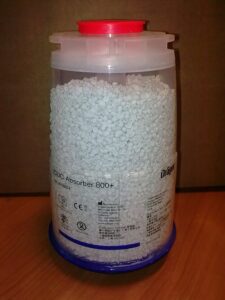Week 7 – Undergoing General Anesthesia
Simar S -
Some individuals are unable to handle having dentists work in their mouths, often due to sensory issues or trauma. As a result, they opt in to having dental work done on them under general anesthesia, where they are sedated. For the patient, general anesthesia might consist of going to sleep and waking up after the procedure, without any recollection of what occurred; but there is so much that happens behind the scenes that ensures a balance between not feeling pain and not dying.
Like what? Here is a breakdown of what can be expected if you ever happen to undergo general anesthesia, according to what I’ve observed so far.
The anesthesiologist begins by inserting an intravenous (IV) line to administer a combination of fentanyl (for pain relief) and propofol (for inducing and maintaining unconsciousness). Once the patient is fully sedated, a breathing tube—typically 6 to 8 inches long—is gently inserted down the trachea to secure the airway. This tube is connected to a ventilator, oxygen and air cylinders, and a HEPA-grade microbial filter to ensure clean airflow.
Before this, a canister containing soda lime (what looks like “a cage of pebbles”) is placed in the system to absorb carbon dioxide exhaled by the patient, preventing dangerous buildup. Throughout the procedure, the anesthesiologist continuously monitors the patient’s vitals via an EKG machine, pulse oximeter, and blood pressure cuff.
A mouth pack—gauze placed at the back of the throat—is inserted to prevent fluids or debris from entering the airway. With the patient stable and unconscious, the dentist begins the cavity filling procedure. First, a mouth prop is put in to keep the mouth open. Then, the cavity is removed using a drill. Once the decay is cleared, the area is cleaned and prepped before being filled with a dental material like composite resin. The filling is shaped, hardened with a curing light, and polished to match the tooth’s natural contours.
After the dental work is complete, the anesthesiologist gradually reduces the anesthesia and prepares to extubate the patient—gently removing the breathing tube once spontaneous breathing is confirmed. Final vitals are checked, the mouth gauze is removed, and the patient is monitored in recovery until they fully regain consciousness.

